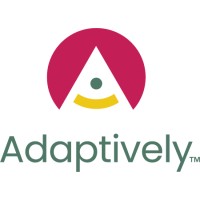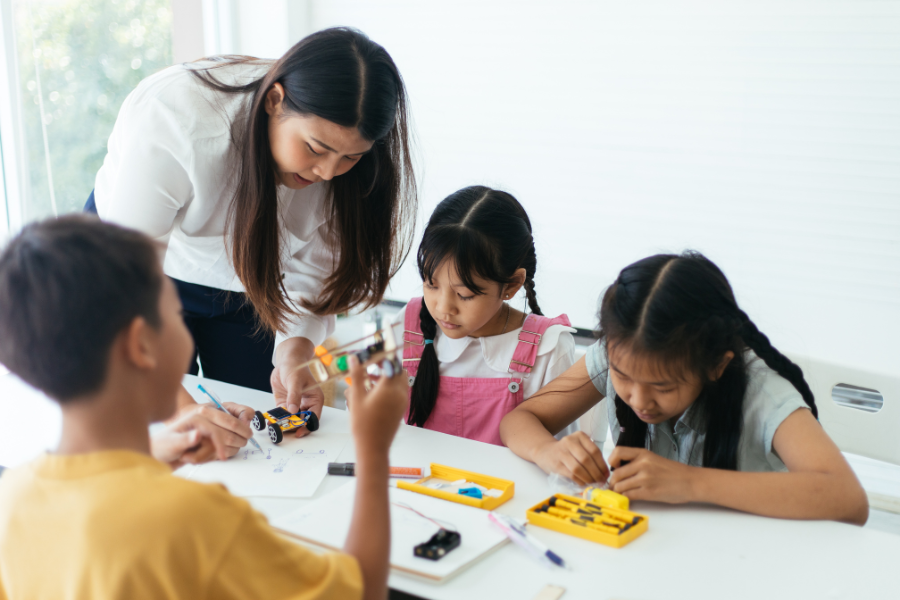Helping Your Hands-On Learners: Strategies for Kinesthetic Learners
Do you have a student who learns best by trial and error? Do they prefer manipulating objects with their hands to reading a textbook? Do they take things apart to see how they work and then reassemble them? If so, the student who comes to mind may be a kinesthetic learner.
As an educator, you want your students to be activated and ready to learn. But if students aren’t learning in a way that appeals to their learning style, they may fall behind. When the typical school day involves so much reading and listening, you may wonder what techniques you can implement for learners who’d rather actively learn than listen to or view information. Keep reading for more details about kinesthetic learners and some tips on teaching for this learning style.
What is a Kinesthetic Learner?
There are many learning styles, including auditory, visual, reader-writer, and kinesthetic learners. A person who falls into the kinesthetic learner profile generally retains information best when working hands-on with concepts. You may identify these students in your classroom as those who enjoy poster projects or making objects to engage in their studies.
What are Kinesthetic Learners’ Strengths?
Hands-on learners often demonstrate:
- Strong hand-eye coordination
- Athleticism
- Good motor memory (can do something like a dance move after being shown once)
- High energy
Kinesthetic learners may excel in subjects with high levels of tactile learning, such as chemistry, physical education, physics, drama, art, and music.
What are Kinesthetic Learners’ Relative Weaknesses?
A kinesthetic learner may need support with typically lecture-heavy subjects that require long sustained periods of processing auditory information, like history or English. As they naturally use their bodies to engage in learning opportunities, kinesthetic learners may need more opportunities to do something active with the subject matter to grasp concepts.
How Can I Adjust My Teaching Style to Help Kinesthetic Learners?
You are likely wondering how you can help your hands-on learners find success in your classroom—especially if you teach a subject like literature or social studies. Here are some simple (and fun) ways to modify your lessons so these students aren’t left behind.
Engage in Role Play
If you teach a subject requiring a lot of verbal instruction, there are several ways to adapt your lesson for the hands-on learner. One of the best ways is to have your students split into groups and act out the scene. For example, when describing a complicated Revolutionary War treaty, you can have some students act as British soldiers and others as American patriots. The kinesthetic learner can better understand what happened during the war by actively recreating the event.
Role play can apply to many subjects. Students can act out protons and neutrons, Hamlet, potential energy, geometry theorems, and much more. Your creative, hands-on learners might even enjoy the opportunity to offer you acting suggestions!
Assign Projects
Although essays and homework assignments certainly have their place, the kinesthetic learner will significantly benefit from creating projects like posters or models. Anything they can put together by hand will give them a better understanding of the subject. Feel free to get creative! Here are some out-of-the-box examples:
- A chemistry teacher can have their students make moles (the animal) to teach them about moles (the concept).
- An elementary school teacher can send students home with a seed that grows into a flower.
- A biology teacher can have students bake a cake and decorate it with all the parts of a cell.
- A history teacher can have students create maps and timelines.
Encourage Creative Note-Taking
There’s no getting around it: Sometimes, you must lecture, and your students must take notes. To keep your hands-on learner engaged, offer a variety of tools they can use to organize their notes. Some examples include:
- Writing in different colors
- Using highlighters
- Restating the main point on a sticky note.
- Keeping related notes together with fun paper clips.
- Encouraging them to draw and label relevant pictures along with their notes, such as anatomical structures, maps, or cells.
Get Creative With Teaching Hands-On, Kinesthetic Learners
Now that you know more about kinesthetic learners, have fun with your lesson plans! Even if someone has one primary learning style, they can still benefit from learning the same information in different formats. So, although the tips we shared are for your kinesthetic learners, students of all learning types can benefit.
Are you looking for more ways to support your students? Adaptively offers schools, homeschool co-ops, and districts a complete solution incorporating strategies to accelerate all learners for English Language Arts (ELA) and Math. Contact us today to schedule a demo and learn how we can work together as partners in education.


